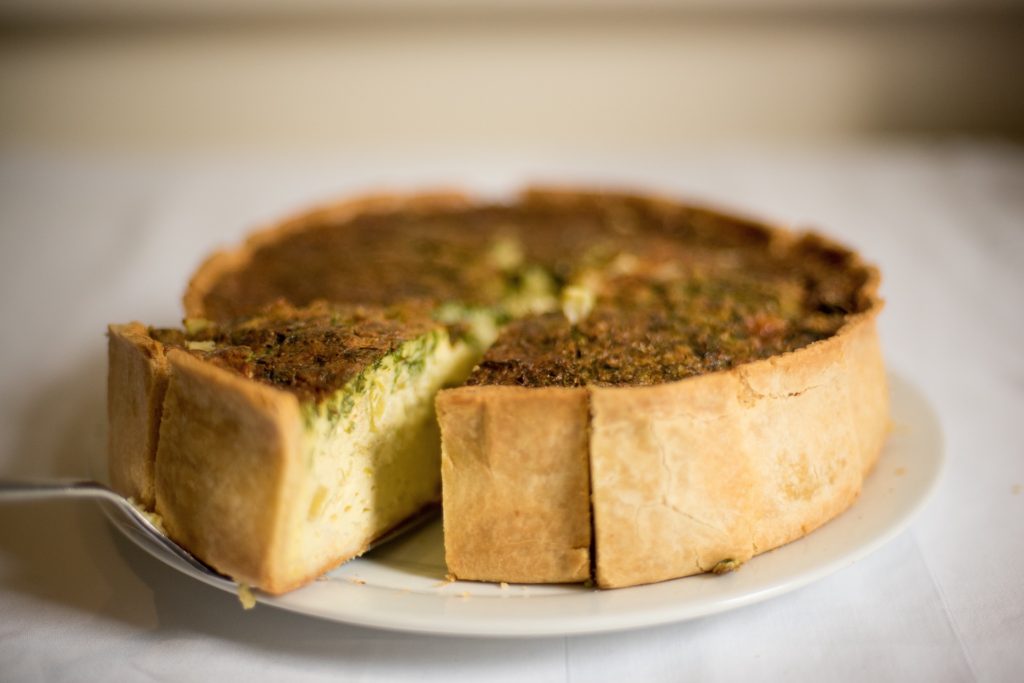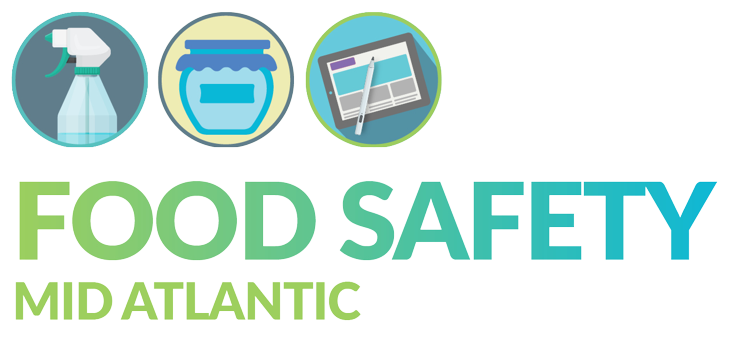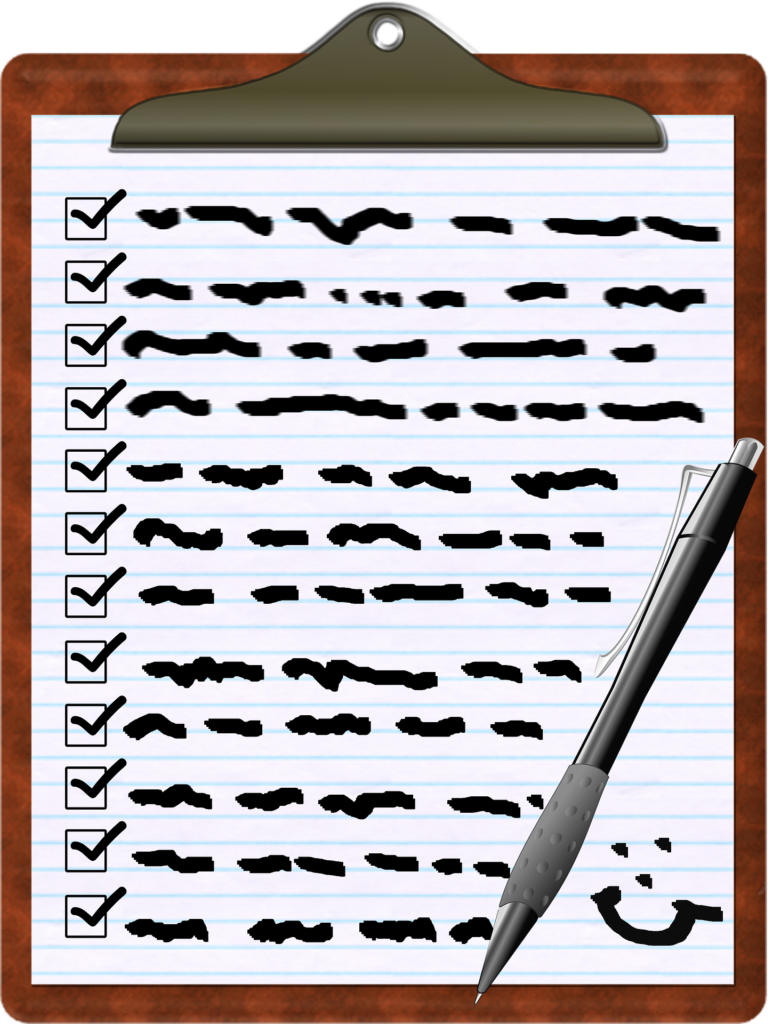
You are making the best food product ever – the best chocolate, the best ice cream, the best pasta sauce; you’ve won prizes at the state fair and your friends tell you how wonderful it is and ask for the recipe and then they never can make it the way you do. So you decided you want to make it on a bigger scale than just for friends and you contact the local health department and they ask you what you are doing to make sure your food is safe; so that there aren’t any bacteria or viruses or parasites or other hazards in your food that would make people sick.
Having read my article of prerequisite programs and my article on GMPs; OH! And the article on which food safety plan you need [you have read them right?], you feel pretty clued up on food safety and you share a few things that you’ve learned and then the health inspector (in my head the inspector always speaks with the voice of doom) asks:
Health Inspector (HI): How you measuring temperature in your product?
You (phew easy answer): with a thermometer
HI: Is the thermometer calibrated?
You: Uh, I check it in ice every morning???
HI: Good. Do you have records of this?
You: …
HI: And you’ve written instructions on how you calibrate the thermometer and measure the temperature of your product?
You: I have the instruction manual [thinks “don’t 1? Somewhere?”]
HI: Do you know what a standard operating procedure is?
You: …
HI: …

Image by PublicDomainPictures from Pixabay
Well, worry no more, my friends. The Food Industry Employment Program can help you here.
It is really important when you make a product, and probably the one thing small food businesses are missing the most, is to have records of everything you do. Records of receiving ingredients, records of cleaning and sanitizing the sink, records of training employees to wash their hands, records of weighing out ingredients, records of which batch of ingredients you used, records of…
Hopefully you get the picture.
Yes, it is A LOT of paperwork. A ton of paperwork and I know you would rather be making your food product. While there are computer programs available that will do this from a tablet or smartphone, it is easier to use a spreadsheet to start with.

Image by Ag Ku from Pixabay
For every form you fill out, you need instructions on how to complete the form accurately and what to do if the numbers are not within your specs. These instructions are standard operating procedures or SOPs for short. They are similar to lab instructions (remember those from High School or University science classes?). All of your SOPs should have a similar format. I recommended:
- Title
- Purpose
- Scope
- Who is Responsible
- Equipment needed
- Procedure (How to do the task)
- Related Documents
You also need to make it clear the date the document was approved and what version of the document this is. I’ll do several posts on document control later.
The trick is to make the procedure as simple and clear as possible. Aim for an eighth grade reading level. That way you can use your SOPs for training and leave tasks for your employees to do. Of course, you should check up on them regularly – that’s called verification in FDA-speak.
Questions? Do you have a procedure you want checking over? Contact me so I can take a look and then we can chat.



Pingback: Using FDA Guidance Documents to Help You Write Your Good Manufacturing Practices and Policies – Food Industry Employment Program